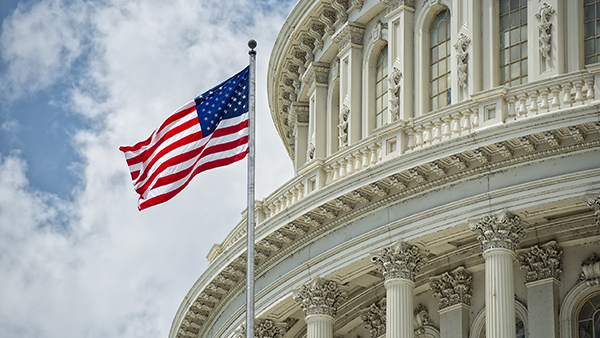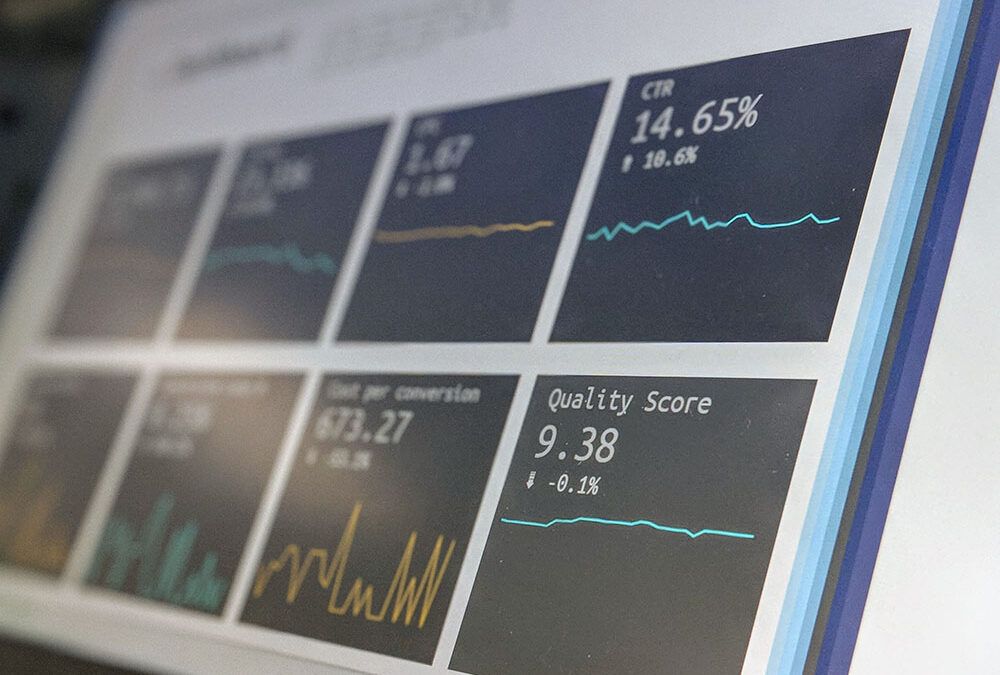On October 26, 2020, the IRS announced the Cost of Living Adjustments affecting the dollar limitations for retirement plans. Contribution and benefit increases are intended to allow participant contributions and benefits to keep up with the “cost of living” from year to year. Here are the highlights from the 2021 limits: The elective deferral limit remains unchanged at $19,500. This deferral limit applies to each participant on a calendar year basis. The limit applies to 401(k) …












